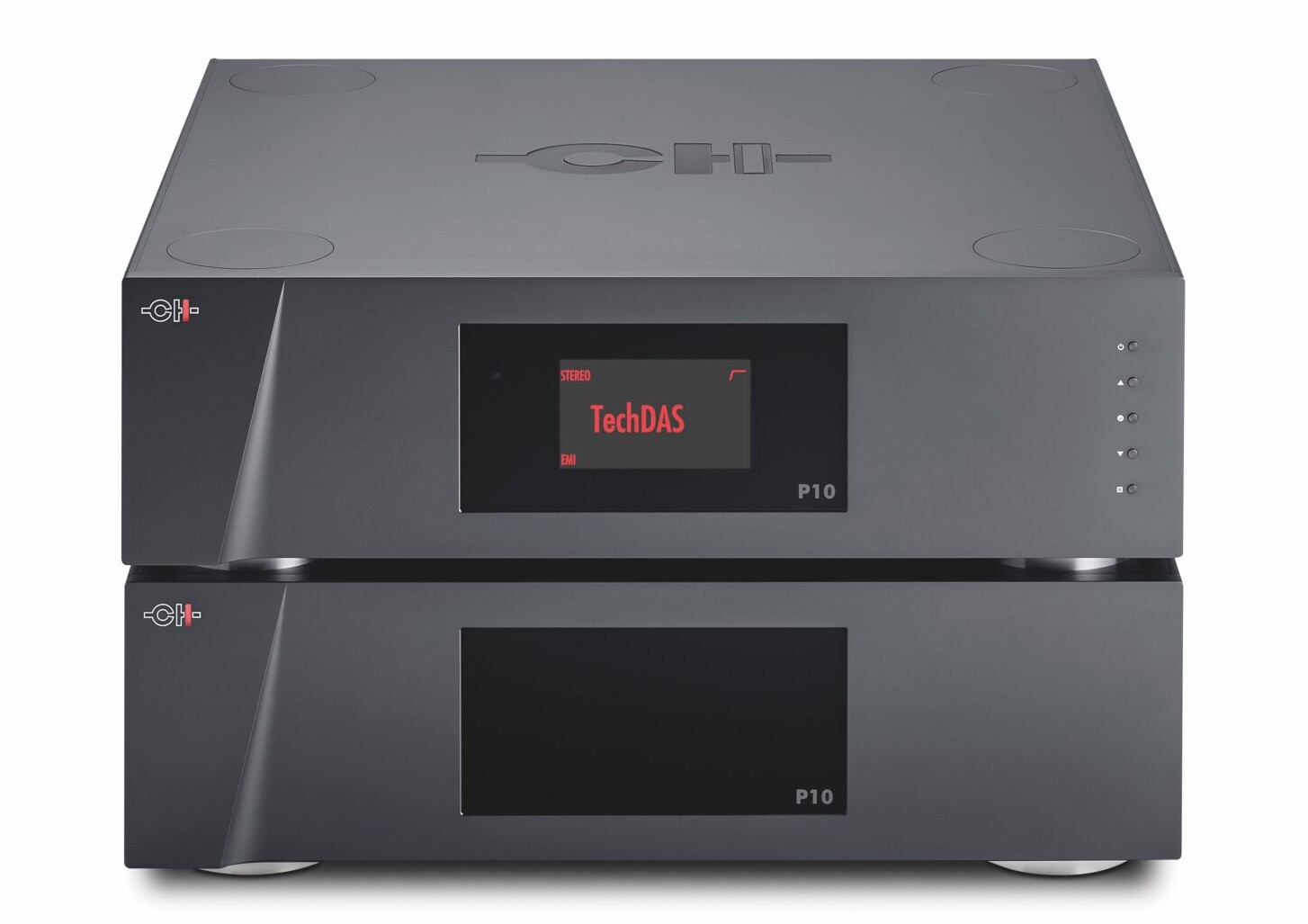Cartridge Gain/Loading Wizard
CH has always supplied its unique Gain/Loading Wizard set-up aid with the P1. Based on a 7” disc, this offers users the ability to map the frequency response of the connected cartridge and adjust the gain and loading (of the voltage inputs) accordingly. In a small but significant evolution, the output has been reconfigured to produce a logarithmic display that is easier to understand and adjust. Not exactly a huge difference, but indicative of the ‘no stone left unturned’ approach that CH takes to product development in general and the 10 series in particular.
Price
At a USD price of $76,000 for the twin-chassis P10 in the standard CH pale Grey ($80K for the Anthracite or Champagne options) the P10 will cost exactly the same as the L10, although there’s no price as yet for the optional EQ board that adds the extra replay curves. (The P1 EQ option is priced at $1,850 against $31,000 for the unit itself, so that should give you some sense of the likely proportional cost.) Now, $76k is undeniably steep for a phono-stage. However, consider this. At this point in time, the four-box P1 is the best phono-stage I’ve used – by a country mile! But if the P10 follows in the footsteps of the L10, then it’s going to eclipse the performance of the four-box P1 and at quite a saving. The P1 Mono will set you back $55k, plus another $34k for the two X1 power supplies. So $76k plays $89k – and that’s before you factor in the three extra power cords and two shelves you’ll need for the four-box rig. Bear in mind that not only does the P10 occur nearer the front of the system than the L10, but being a phono-stage, it’s got a lot more to work with, so the notion of it bettering the P1 four-box is far from fanciful. Of course, you can always elevate the P10 to four-box status (at $132k) and Lord alone knows what level of performance that delivers: although I certainly intend to find out!

At this point in time, that’s as much as I can tell you. I’ve seen it, I’ve touched it and I’ve watched the display change colour when I’ve switched the EQ – but what I haven’t done is heard it. That will have to wait until Munich, but there you’ll be able to hear the P10 in an all-10 Series set up. True to form, CH is planning to conduct close comparisons to demonstrate the difference between the P1, the P10 and the four-box P10 Mono. Those comparisons will be scheduled, short and on point (or so I’m assured) leaving plenty of time for longer-term listening. The schedule will be posted online before the show as well as at the room itself. It’s going to be a priority visit for me and, I suspect, quite a few others…

